On March 31 (the 3rd day of the 3rd lunar month), at Tran Vu Temple Festival, Thach Ban Ward, Long Bien District, Hanoi, the "Sitting Tug of War" ritual - Representative Intangible Cultural Heritage of Humanity took place.
Tran Vu Temple Festival is held annually on the 3rd day of the 3rd lunar month, carrying traditional cultural identity, expressing people's respect for the gods, reflecting people's dreams and aspirations, wishing for a peaceful and good life.
Festivals are also cultural activities, originating from the needs of human life, contributing to strengthening the great national unity, always looking back to the origin; at the same time, it is a place to educate historical and cultural traditions for future young generations.
Attending the Tran Vu Temple Festival, people and tourists from all over the world have the opportunity to admire the Huyen Thien Tran Vu statue - a monolithic bronze statue crafted around the 18th century, over 4m high, weighing over 4,000kg. The statue has become a legend, associated with the history of building and defending the country of the nation, recognized by the Government as a National Treasure in 2015.
One of the outstanding cultural values of the Tran Vu Temple Traditional Festival is the performance of the "Sitting Tug of War" ritual - a unique folk cultural activity of the local people.
According to historical records, the "Sitting Tug of War" ritual is a ritual performance in the Tran Vu Temple Festival to serve Saint Linh Lang - the Thanh Hoang of Ngoc Tri village, Cu Linh commune in the past, now Thach Ban ward, Long Bien district, Hanoi city. The unique point of this ritual is that the participating teams sit on the ground to pull, the tug of war sit with their legs bent and stretched and sit alternately, one facing this side, the other on the other side of the rope. Through the game and the "Sitting Tug of War" ritual, people pray for favorable weather, good wind and a bountiful harvest.
According to legend, Ngoc Tri village used to have 12 wells. When there was a drought, the only well in the village that had water was in Dia hamlet, also known as Dia side. Men from Duong side and Cho side went down to Dia side well to get water, but were prevented from doing so by men from Dia side. At that time, water carrying poles were made from bamboo ropes. Both sides tugged at each other to carry the water. One side was pulling and the other was holding, but was afraid of spilling the water, so they sat down and hugged the whole bucket of water. When the drought passed, remembering that story, the elders thought of a sitting tug of war game to perform in the village festival, with the hope of praying for favorable weather and wind.
Before the festival, the people of Ngoc Tri village selected "tug of war" to participate in this ritual. The tug of war contestants are between 18 and 35 years old, must be men, and must be originally from the village (not counting the son-in-law).
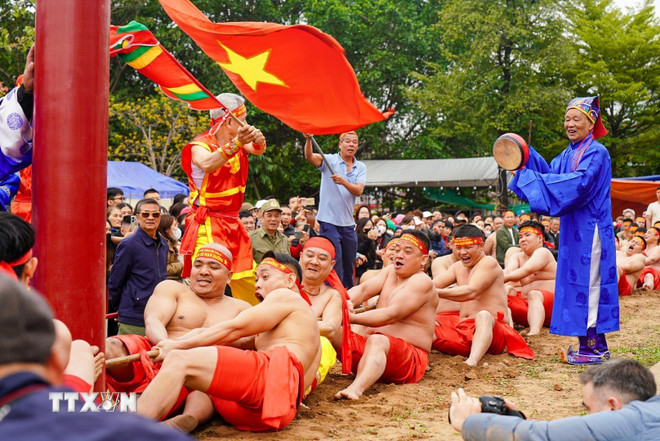
The tug-of-war teams are divided into three sides, including the Road side, the Pond side and the Market side. The leader of each tug-of-war team is called the Flag Officer.
On the day of the village festival, the villagers offer offerings to Saint Huyen Thien Tran Vu. The offerings include a tray of sticky rice, a pig's head, and fruits. The pole used for tug of war is also presented to the Saint. In front of the Saint's altar, the representative flag officers draw lots to choose the competing teams.
After the ceremony of presenting the stick to the Saint, the teams passed the stick to each other and went to the pre-selected open space to perform the sitting tug of war ritual.
Before pulling, the rope is threaded through a lim pole buried in the ground. The two teams of tug-of-war sit on the ground, legs bent and legs extended, using their heels as a fulcrum to pull. After the signal, amid the bustling sound of festival drums and the cheers of the people, the tug-of-war players try their best to show their strength.
According to the villagers' belief, the year when the Duong River wins, the villagers will prosper and have good luck.
In 2014, the "Sitting Tug of War" ritual at Tran Vu Temple was recognized by the Ministry of Culture, Sports and Tourism as a National Intangible Cultural Heritage. In 2015, Asian traditional tug of war was recognized by UNESCO as a Representative Intangible Cultural Heritage of Humanity under the name "Tug of War Rituals and Games," submitted by four countries: Cambodia, Korea, the Philippines and Vietnam.
According to Vietnam's proposal, UNESCO recognized "Tug of War rituals and games" as an Intangible Cultural Heritage of Humanity for 4 provinces and cities: Lao Cai, Vinh Phuc, Bac Ninh, Hanoi; including "Sitting tug of war" at Tran Vu Temple, Thach Ban Ward, (Long Bien District, Hanoi City).
The representative of the Organizing Committee said that the organization of the performance of the "Sitting Tug of War" ritual - Representative Intangible Cultural Heritage of Humanity at the Tran Vu Temple Festival aims to bring people and visitors from near and far to admire the ancient ritual of their ancestors, recreating the unique traditional culture, expressing the aspirations and prayers for favorable weather, good crops, a full, prosperous and happy life of the local people.
This ritual also demonstrates community cohesion, the connection between people and nature and is a support from one community to another, contributing to the preservation of rituals, promoting the value of relics, cultural heritage in general and tug-of-war rituals and games in particular in contemporary life./.
Source: https://www.vietnamplus.vn/ha-noi-dac-sac-nghi-le-keo-co-ngoi-tai-le-hoi-den-tran-vu-post1023797.vnp


![[Photo] Flag-raising ceremony to celebrate the 50th anniversary of the Liberation of the South and National Reunification Day](https://vphoto.vietnam.vn/thumb/1200x675/vietnam/resource/IMAGE/2025/4/30/175646f225ff40b7ad24aa6c1517e378)


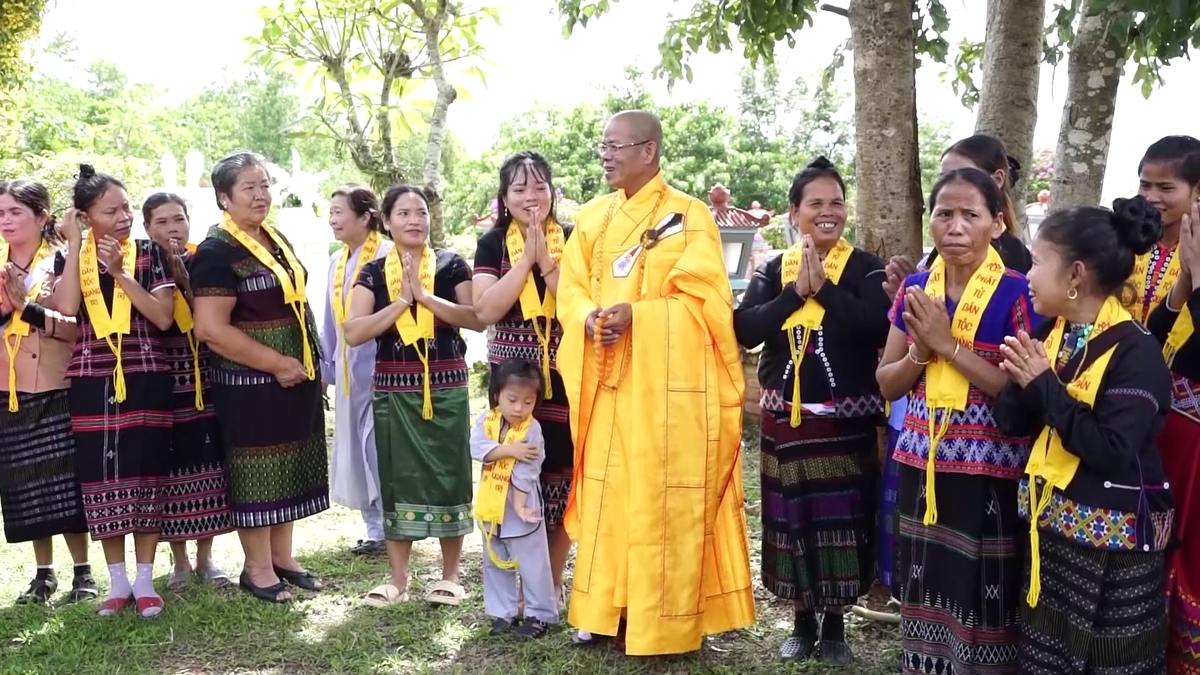
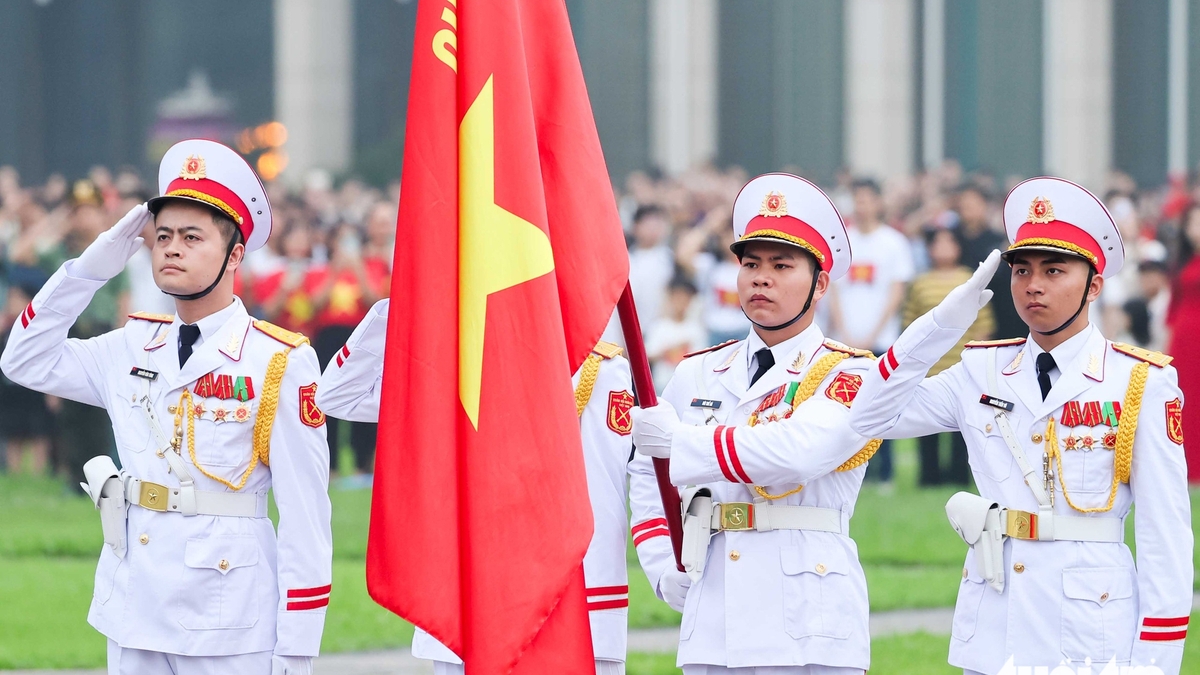
![[Photo] General Secretary To Lam presents the title "Hero of Labor" to the Party Committee, Government and People of Ho Chi Minh City](https://vphoto.vietnam.vn/thumb/1200x675/vietnam/resource/IMAGE/2025/4/30/08a5b9005f644bf993ceafe46583c092)
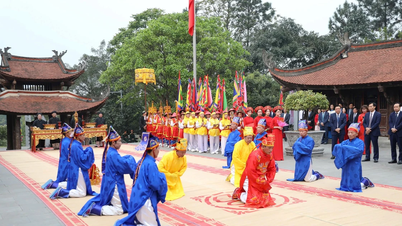




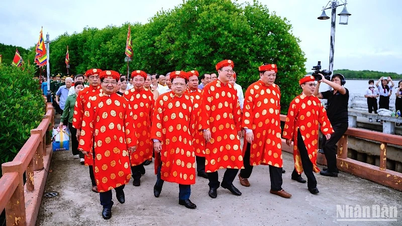




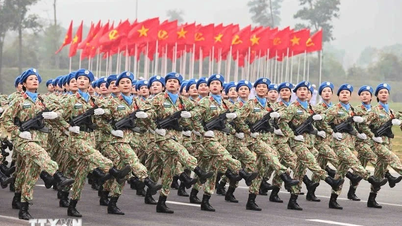
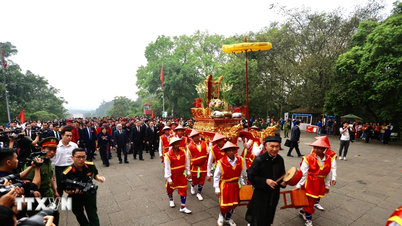


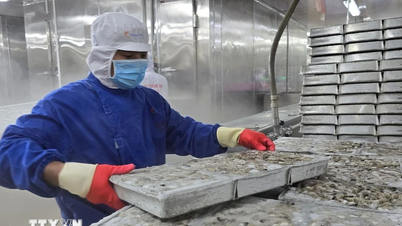
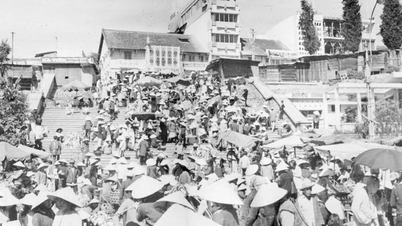
![[Photo] Demonstration aircraft and helicopters flying the Party flag and the national flag took off from Bien Hoa airport](https://vphoto.vietnam.vn/thumb/1200x675/vietnam/resource/IMAGE/2025/4/30/b3b28c18f9a7424f9e2b87b0ad581d05)














































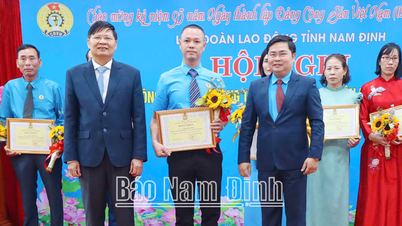






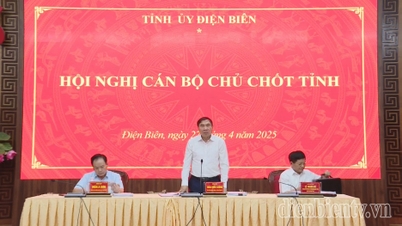















Comment (0)